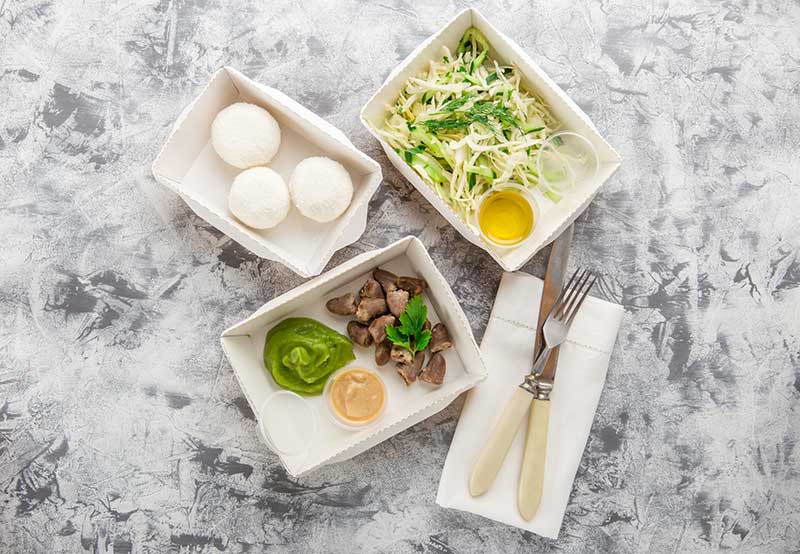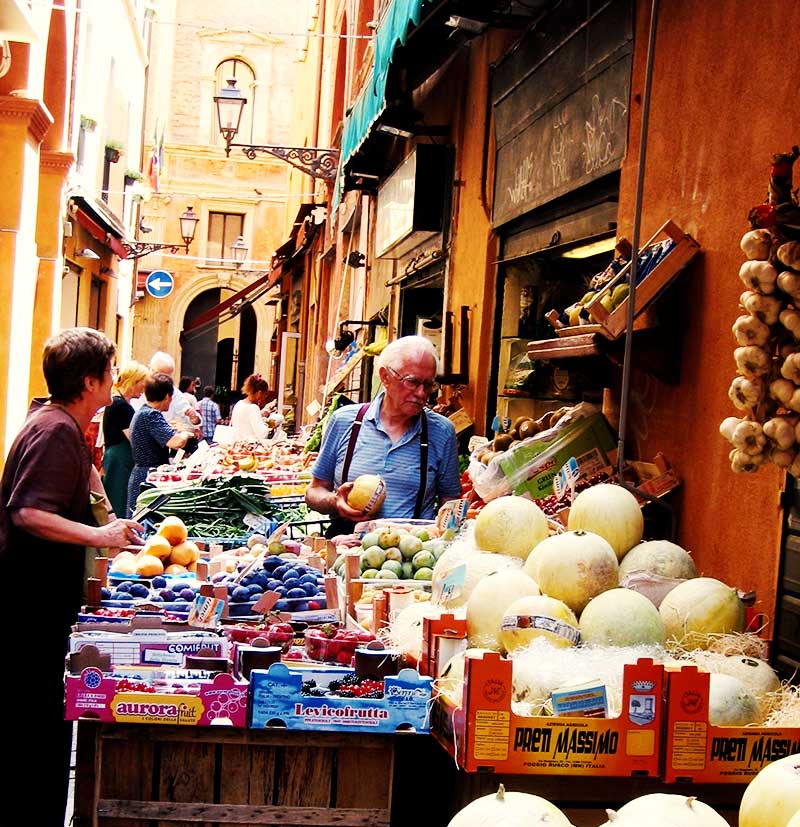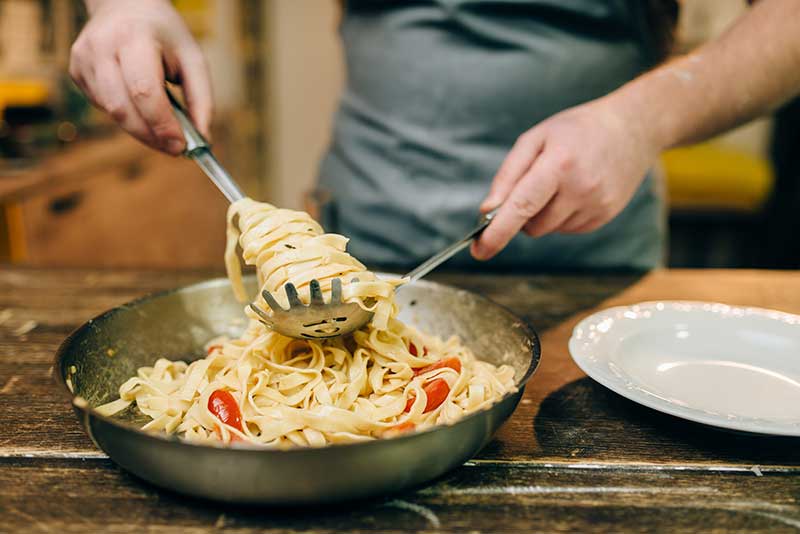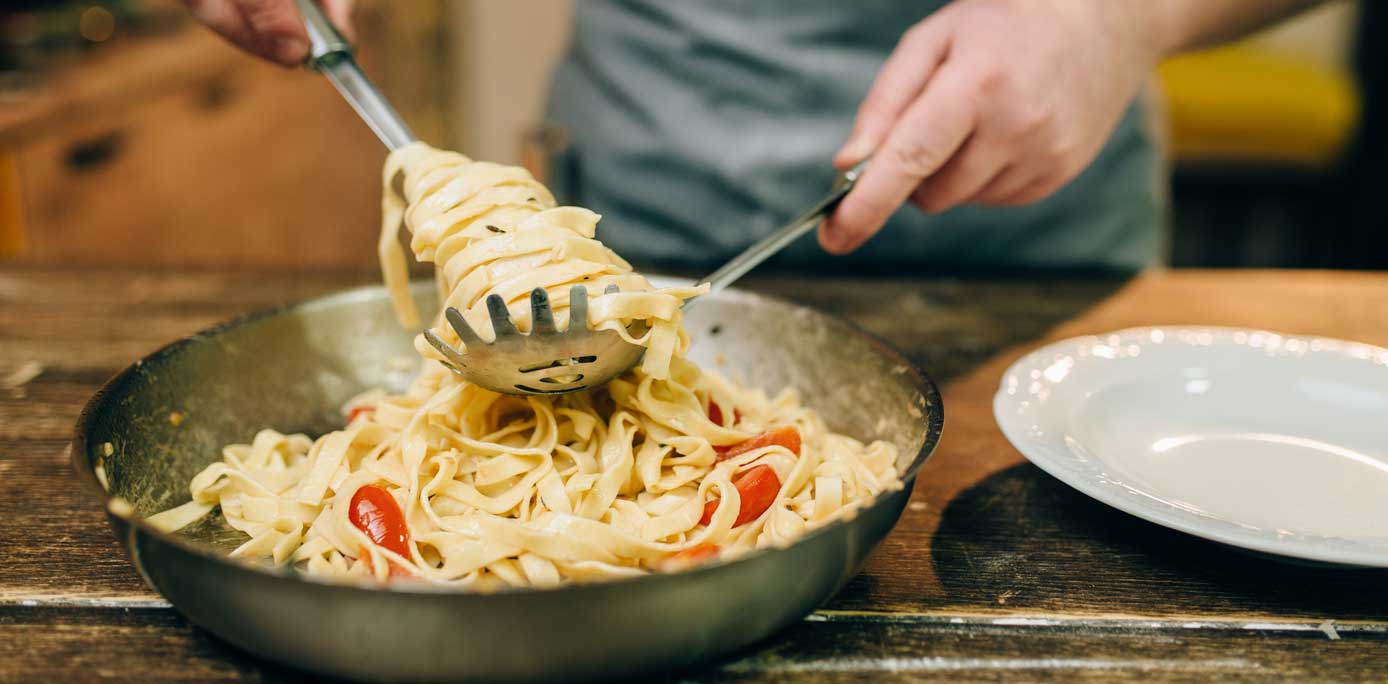When it comes to food, Italy remains traditional to its core. Don’t get me wrong: the country has long embraced international cuisine and has certainly become more demanding when it comes to it. We want gourmet burgers and know that real Chinese food is much more than egg rolls and sweet and sour chicken. But, deep into our own hearts, we still believe Italian food is the best because, hey! It doesn’t only taste good, it’s also good for you and it’s science that tells us. With the Mediterranean diet being the healthiest diet for 2019, it seems we can really sit back and enjoy the advantages of eating Italian style.
As open to new culinary inputs as it has recently become, there are still some things Italy doesn’t compromise on, at least when it comes to food: one of them is, without a doubt, the evident and indisputable superiority of home cooking. It doesn’t matter what time they get home, average Italians will always find time enough to throw something to eat together, certainly helped by the fact our very own national dish, pasta, is pretty fast to make.

Would healthy, boxed and ready to cook meals be successful in a country like Italy?© Volodymyr Tverdokhlib | Dreamstime.com
But in a world that has declared war to carbs, the ubiquitous (and relatively wholesome) plate of spaghetti al pomodoro, with a bit of salad or a piece of fruit on the side, may no longer be a viable option for everyone. And, in today’s day and age, when free time has become such a valuable commodity, who wants to spend hours in the kitchen chopping and boiling, baking and cleaning? This is what the people at Mintel, an international market analysis agency, think.

Nothing compares to a good plate of pasta for us Italians, also because it’s quick to cook!© Volodymyr Tverdokhlib | Dreamstime.com
Mintel has recently carried out an in depth research on the topic in Europe, America and Asia and has apparently discovered some pretty surprising truths; in spite of the rising success of tv cooking and baking shows, people have less and less interest in making food with their own hands. In fact, Mintel continues, that has more to do with the increased appeal of reality TV shows than the actual desire to try new recipes at home.
And there is more: Mintel’s research also shows that people are tired of many other activities related to cooking, starting with their daily run to the store. Queuing at the till, carrying home those heavy bags filled with vegetables and producing so much polluting waste seems to bother consumers a lot. At the same time, though, people have become more and more health-conscious and rarely opt for actual fast food, which may be ready and fast indeed, but lacks nutrients, is fatty and doesn’t usually strike for being the best when it comes to quality.

Italians buying their fruit and vegetables at the local market: we are still a country that enjoys doing food shopping the old-fashioned way© Danielal | Dreamstime.com
Among the most adamant food must be not only quick and good, but also healthy are, of course, the people of Italy. 29% of us think that good nutrition can improve brain activity, 34% that it strengthens bones, 39% that it helps digestions and 34% that it keeps our heart healthy. Indeed, Mintel mentions Italy is one of the five European countries paying the most attention to what they buy and put on the table, along with Mediterranean diet cousins France and Spain, and continental surprises Germany and Poland.
So, if there is anything we should bring home from Mintel’s study is that people around the world want food that is fast, healthy and doesn’t produce a ton of waste. Eating must be practical, quick and keep us in good shape as long as possible, and food companies have already started to catch up on the trend, by proposing healthy meal kits, ready to bring home and plate. That’s the same as a fast food burger, you may say, but the difference lies in the quality of the dishes, made with prime ingredients and with an eye to health. Australia has been one of the first places to introduce the concept with their Luv-A-Duk kit, a box containing duck breast, Chinese pancakes and Hoisin sauce, and in the US the healthy breakfast kit, made up by Greek yogurt, wholewheat cereals, dried fruits and nuts (sold by Quaker), has been positively welcomed.

With the Mediterranean diet being the healthiest diet for 2019, it seems we can really sit back and enjoy the advantages of eating Italian style © Nomadsoul1 | Dreamstime.com
And in all this, what’s the position of us Italians, food connoisseurs and old-style bottega-to-bottega shoppers, lovers of traditional, quality ingredients? Well, we may have a thing of two to say about Mintel’s work and the trends it highlighted. Some of them, ring absolutely true for us in Italy, too, first of all the wish to eat healthy and to embrace a lifestyle allowing us to live longer and better. And of course we, as everyone else on the planet, have been struggling to keep up with a way of life that is faster and faster, and leaves us little time to dedicate to ourselves.
The context may be the same, but the way Italy answers to it may be slightly different, especially when it comes to food. You know it well: food for Italians is not mere nutrition, it’s culture, tradition, creativity and socialising. It’s love and care, it transcends the simple necessity to eat and invests the world of feelings and memory, of time and love. While the world thinks cooking steals precious time to relax, family or hobbies, in Italy it is all that and more. It is a way to unwind after a difficult day, it is a cherished spare time activity and it is the fulcrum of family life. Even shopping, as time consuming as it may be, remains a cherished activity for the majority of us: it’s a moment to chat with vendors who have become friends and know exactly what you look for; it is a time of creativity, because god only knows how creative you must be sometimes to put on the table the right meal to please everyone without breaking the bank; it is a precious trip down memory lane – at least sometimes, at least for some of us – because it often brings us back to childhood and to those delightful moments spent with mothers and grandmothers at the local market.
Healthy, wholesome, ready-to-plate and waste-free food may be a great idea everywhere else in the world. But here in Italy, it may not become a hit: call us old-fashioned and untrendy, but we still like the comfort that comes from pottering around in the kitchen and from sitting at the table surrounded by the warm, familiar scents of home-cooking.




























